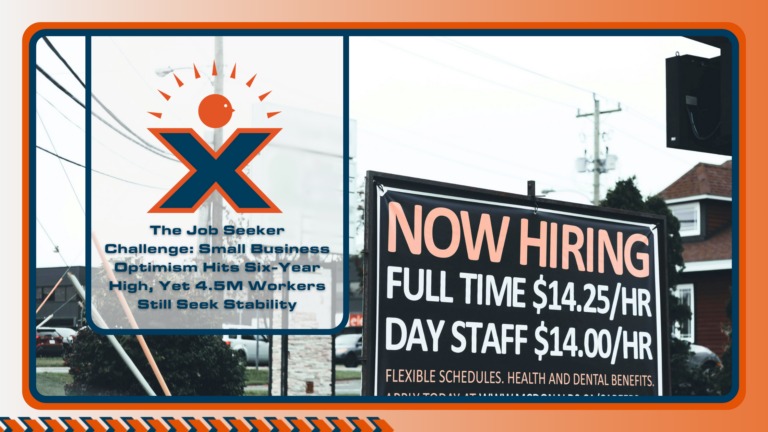Hiring decisions are rarely just about filling a role. Pay expectations now influence everything from offer acceptance to long-term retention. As internal equity and external competition collide, compensation has become one of the most visible forces in workforce planning. Wage growth isn’t a background detail—it’s a driving factor that shapes how leadership responds to turnover, talent gaps, and organizational structure.
Executive Departures and Wage Disconnects
The rise in leadership turnover across healthcare has exposed how pay structures at the top influence staffing across departments. A new survey from AMN Healthcare projects that 63% of healthcare executives expect to leave their roles within the next five years. Many cited burnout, but pay dissatisfaction is playing a larger role than previously reported.
When senior-level departures become frequent, the organizational strain reaches every layer. Replacing seasoned leadership isn’t just costly—it disrupts teams, slows hiring momentum, and delays key decisions. For employers managing tight margins, it raises a tough question: Is current compensation aligned with retention goals? This is where targeted wage increases or restructuring may do more to stabilize operations than hiring new personnel.
Private Sector Hiring Stays Strong Despite Cooling Growth
Although U.S. business activity decelerated slightly in March, private-sector job creation remains active. The S&P Global Flash U.S. PMI shows the composite index remained at 52.5 in March, matching February’s reading and signaling continued but subdued growth.
This hiring resilience comes with added complexity. With business activity growing modestly, any miscalculation in staffing becomes more costly. Wage growth—especially in sectors like manufacturing and services—puts even more weight on finding the right person the first time. A poorly timed hire can set off a chain reaction: wage compression, internal resentment, and unwanted turnover.
Compensation Benchmarking is Tightening Up
Data from Payscale’s 2024 Compensation Best Practices Report shows that more companies now use formal compensation frameworks. Sixty percent of organizations plan to conduct a pay equity analysis this year. That’s a sizable jump from previous years and reflects how pay transparency has changed the rules of engagement.
Benchmarking isn’t just a way to stay compliant. It’s become a defense mechanism against turnover. Employers who can identify where wages are rising—sometimes by just a few percentage points—can act before employees start looking elsewhere. This version of wage growth may not show up as a spike in payroll reports, but it exists in the form of restructured roles, title adjustments, and flexible pay packages.
One Pattern, Three Perspectives
When compensation starts to shift, everything from executive longevity to entry-level hiring gets pulled into the equation. Leadership exits pressure middle management. Growing payrolls complicate hiring timing. Pay equity standards force clearer internal processes. Though each element stems from a different source, the response requires alignment: matching wages to performance, risk, and retention.
A Wage Is Never Just a Paycheck
The idea of wage growth carries weight far beyond spreadsheets and HR audits. It signals to current and future team members what value looks like—and whether they see themselves in that future. When compensation rises at the top or bottom of the organization, the ripple effect is rarely isolated. Staying alert to these shifts—and responding with focus—can help prevent unnecessary turnover and hiring delays. As pay continues to move, every hiring decision becomes part of the broader compensation story.
Looking for your next job opportunity? Explore rewarding careers today with NEXTAFF. Find the perfect fit for your skills and aspirations with our local staffing agency. Learn More About Candidate Services today!












